The term licorice refers to the root of the licorice plant. The root is used as a spice and remedy. The Würzburger Studienkreis declared the licorice plant to be Medicinal Plant of the Year in 2012 due to its versatile application possibilities.
Occurrence & cultivation of licorice

Spain, France and Italy are other growing areas. To a large extent, the licorice harvest consists of wild collections, which have the advantage that they are free from fertilizer or pesticide traces. Bamberg is one of the few cultivation areas in Northern Europe: An initiative there is resurrecting the cultivation, which was originally also known in Germany, on a small scale.
Effect & application
Licorice contains up to four hundred previously recorded ingredients. Scientists have not yet clarified all the modes of action of these substances. It contains saponins, flavonoids and coumarins. Saponins are substances that protect plants from bacteria or fungal attack. Flavonoids are mainly flower pigments and have an antioxidant effect on the human organism.
The most important component for use is the saponin glycyrrhizin: It has the typical taste of liquorice and is many times sweeter than cane sugar. Only the roots of the entire plant are suitable for further processing. The autumn harvest is manual work and the root branches grow back. The degree of processing is different: pieces of root, powder or the solidified juice from the roots cooked to a pulp and filtered.
The best-known variant of processing liquorice in Germany is for the production of liquorice: This sweet consists of the solidified juice and plasticizers such as gelatine. This confectionery is intended for children and adults in all conceivable forms and in different degrees of liquorice concentration. From an amount of two hundred milligrams of glycyrrhizin to one hundred grams of liquorice, this product is labeled as strong liquorice in Germany and is no longer recommended for children.
Under the synonym liquorice, the processed root can be found as a spice in drinks and dishes. There are liqueurs, beers and soft drinks that contain liquorice. In Egypt, a traditional drink during Ramadan is Erq Sous, which is mixed with liquorice powder. In Asian cuisine, liquorice is part of spice mixes and soy sauces.
Another field in which liquorice is important is pharmacy: The ingredients of the plant are cough-relieving, expectorant, anti-inflammatory and stomach-calming.In the form of teas and extracts, doctors and pharmacists recommend licorice for various diseases. The cosmetics industry has made use of its anti-inflammatory properties: it is contained in some products for sensitive skin and is said to protect against skin irritation. The tobacco industry uses liquorice as a flavoring and for moisture regulation.
Importance for health, treatment & prevention
Licorice has many health benefits: it is anti-inflammatory, expectorant, and antispasmodic. As a therapeutic agent, it helps with the common cold symptom of cough, bronchitis and various stomach ailments. The glycyrrhizin has a positive effect on the mucus solution and makes it easier to cough up. Licorice extracts reduce gastric acid formation, help with heartburn and can normalize disturbed mucus composition.
Since glycyrrhizin inhibits the breakdown of the body's own cortisone, it supports the immune system in fighting inflammation. An old home remedy is chewing licorice for toothache. The antimicrobial ingredients target the bacteria in dental plaque. Chewing the pieces of root can help prevent tooth decay and inflammation of the gums.
Since the piece becomes frayed by chewing it, it is a natural toothbrush that removes coarse impurities. Naturopathy uses liquorice for food cravings, low blood pressure, obesity, rheumatism and for blood purification. Various studies are investigating the further possible uses of the ingredients of the root: American scientists have discovered that glycyrrhizin makes inactive herpes viruses visible to the human immune system.
However, this treatment requires a harmful high dose and is not yet applicable. A similarly promising approach is the discovery that animal tests with the ingredients in liquorice decreased blood sugar. The cosmetics industry uses glycyrrhizin and the resulting acid to reduce hyperpigmentation, inflammatory skin diseases and to calm the skin.
In addition, liquorice is used externally as an aid against dandruff and greasy hair. Licorice as a food should be consumed in moderation. It is not recommended to take extracts and medicinal teas for longer than six weeks at a time. Because an excessive and long-term intake can have harmful effects on health.
The use of licorice is not recommended for pregnant women, diabetics and people with high blood pressure or kidney problems. Since the ingredients reduce the excretion of sodium and promote that of potassium, extracts and teas influence the electrolyte balance and promote water retention. Another side effect of excessive doses is high blood pressure and headaches.

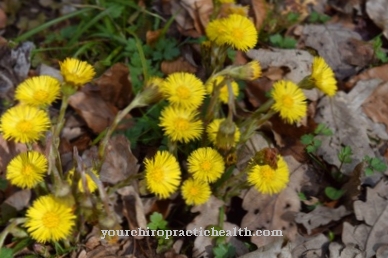
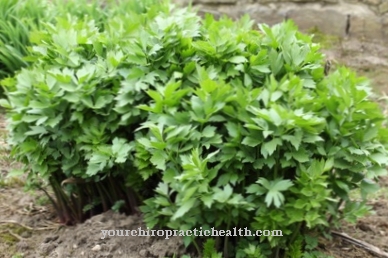
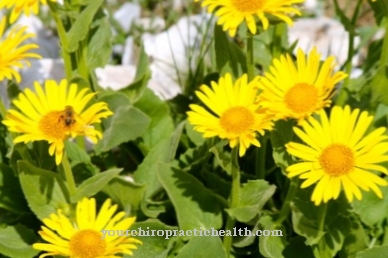
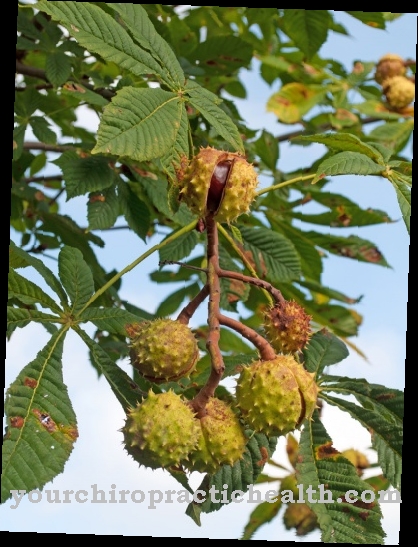
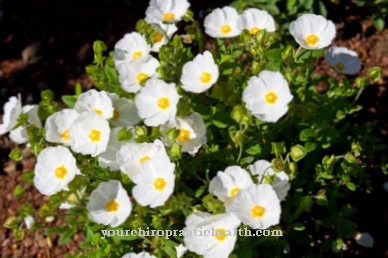
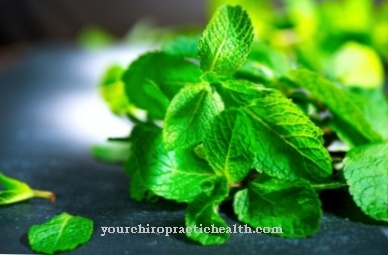










.jpg)







.jpg)


